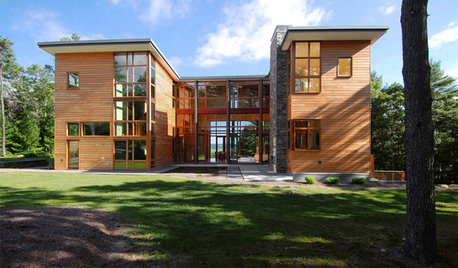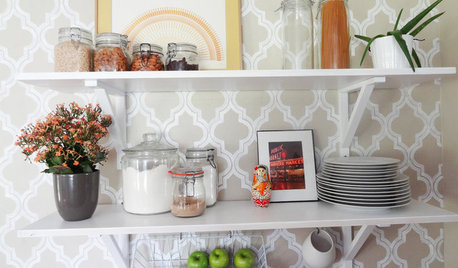I got a H. Caudata....
tammypie
12 years ago
Related Stories

HOUSEKEEPINGGot a Disastrously Messy Area? Try Triage
Get your priorities straight when it comes to housekeeping by applying an emergency response system
Full Story
ARCHITECTUREDesign Workshop: Give Me an ‘H’
Look to modern versions of an H-shaped medieval floor plan for more privacy and natural light
Full Story
REMODELING GUIDESDesign Dilemma: How Do I Modernize My Cedar Walls?
8 Ways to Give Wood Walls a More Contemporary Look
Full Story
FEEL-GOOD HOME12 Very Useful Things I've Learned From Designers
These simple ideas can make life at home more efficient and enjoyable
Full Story
REMODELING GUIDESAsk an Architect: How Can I Carve Out a New Room Without Adding On?
When it comes to creating extra room, a mezzanine or loft level can be your best friend
Full Story
GARDENING GUIDESGrow a Beautiful Garden in Alkaline Soil
Got alkaline soil? Learn how to manage it and the many beautiful plants that will thrive in this ‘sweet’ soil
Full Story
DECORATING PROJECTSDIY Home: Add Open-Shelf Storage for Less Than $40
Got an empty wall and overflowing cabinets and drawers? Curb the clutter with inexpensive open shelves you can install in a day
Full Story
PRODUCT PICKSGuest Picks: Live Large in the Land of Legos
Got a Lego fanatic at home? Kit out his or her room with storage, art and decor inspired these popular building blocks
Full Story
HOME TECHNew Strategies for Hiding the TV
Its easy to be discreet when you've got cabinets, panels and high-tech TV hiders like these
Full Story
EDIBLE GARDENSHow to Grow Your Own Sweet Summer Crops
This guide will help any gardener get started on growing the freshest warm-season veggies and berries for summer
Full StorySponsored






mdahms1979
tammypieOriginal Author
Related Professionals
Ballwin Landscape Architects & Landscape Designers · Wareham Landscape Architects & Landscape Designers · Clermont Landscape Contractors · Brunswick Landscape Contractors · Cedar Hill Landscape Contractors · Clayton Landscape Contractors · Coram Landscape Contractors · Fort Myers Landscape Contractors · Little Ferry Landscape Contractors · Longview Landscape Contractors · New Brighton Landscape Contractors · Oakland Landscape Contractors · Vineyard Landscape Contractors · Oceanside Driveway Installation & Maintenance · Winston-Salem Driveway Installation & Maintenanceima_digger
mdahms1979
tammypieOriginal Author
mdahms1979
greedygh0st
tammypieOriginal Author
tammypieOriginal Author
mitzicos
mdahms1979
RainforestGuy